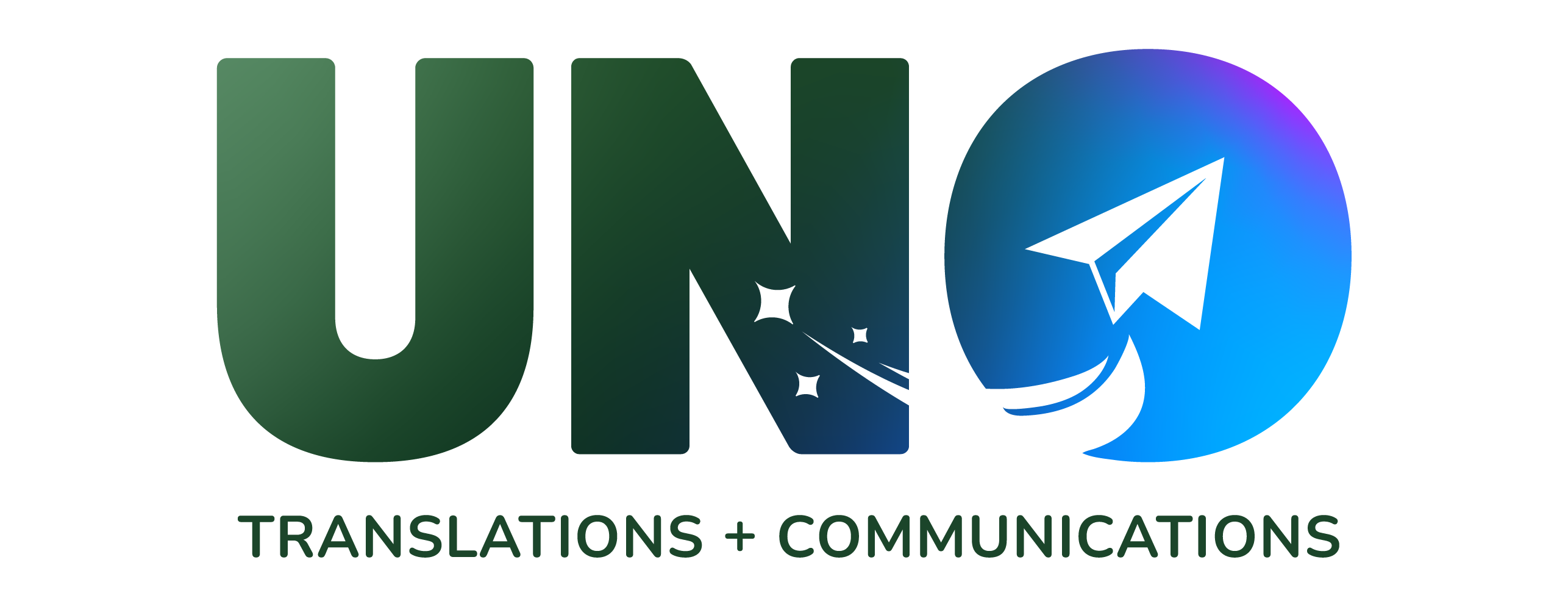For any communication to be truly effective, it needs to be readily understood by its intended audience.
Readers – or listeners – of your content will appreciate you making an effort not just to translate words, but truly convey the meaning and cultural context of your message. Doing so will not only improve sales, but also increase brand loyalty and connection with your offering.
So, how do you ensure your translation goes beyond words? Include localization of your message whenever you address audiences in different countries!
Translation vs. Localization
Translation occurs when your words are converted from their original language into the target language. However, doing so only looks at the words, grammar, and syntax, without considering the meaning behind the words.
Quality translation requires that the translator be proficient in both the original and target languages to accurately convert the content. An exceptional translator should alert you to potential pitfalls in the translated text. The problem is that most freelancers and automated translation software can only do word-for-word translations, without considering the meaning.
To truly connect your audience to your message, you must consider the context and cultural relatability of the content. Beyond translation is localization, the process of adapting one language into another while taking into account significant cultural and regional differences.
Here’s an example. Spanish is spoken in several countries around the globe, however, Mexico, Spain, and Argentina each have different dialects and individual cultures that can impact translation. Doing a word-for-word translation might be technically understood, but it won’t necessarily convey the underlying meaning. So, yes, translation is a necessary step in conveying your message in another language, but localization ensures you will connect with the audience receiving that message.
Why Localize?
Continuing with our Spanish example, each of these distinct markets can understand Spanish – even if not in their particular dialect. However, if you only translate your content from American English to Mexican Spanish, your Argentinian audience won’t connect to the message since it’s obvious the content isn’t targeted to them. Your company could be dismissed as just another outsider who doesn’t “get it.”
Conversely, if you take your content and localize it for each country or region, you will be “speaking their language.” The translation, tone, cultural meaning, and even design come together to create effective content that respects the target audience, meeting them on their terms.
Localization’s goal is to make your translated message look and sound like it was written in, by, and for the targeted audience. In order to be successful, your language partner will address not only the words, but also the graphic design, dates or units of measurement, local regulations, and market habits.
As a result, your message will be better received and understood, leading to increased sales, brand awareness, and reputation in the target country. To drive genuine engagement with your target audience, you need to go the extra mile and develop localized content, campaigns, and digital presences for each region where you sell. In an ideal situation, this means involving your global team early in the process to intercept any potential barriers to your next global campaign or website.
Localization can be a significant competitive advantage when used thoughtfully and proactively. Beyond marketing messages, localization can assist in blending global teams while fostering genuine collaboration. Consider not only how your company speaks to the market, but also how it communicates within.
No matter what content you are presenting – website, user documentation, blog posts, etc. – it will fall flat if you can’t connect with your audience. If you aren’t sure which services you need, UNO Translations can help you choose the right option for your project. Contact us today!

